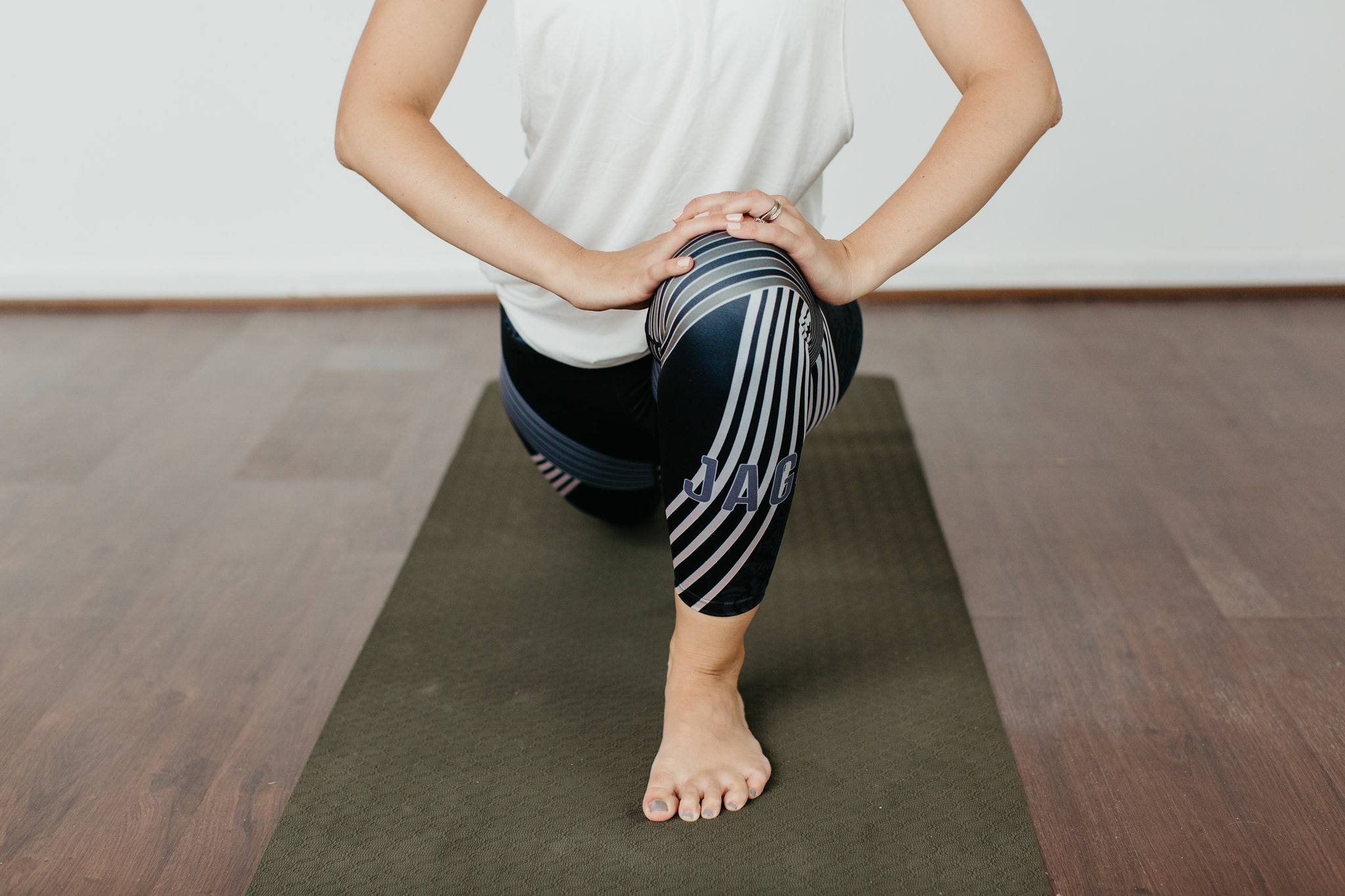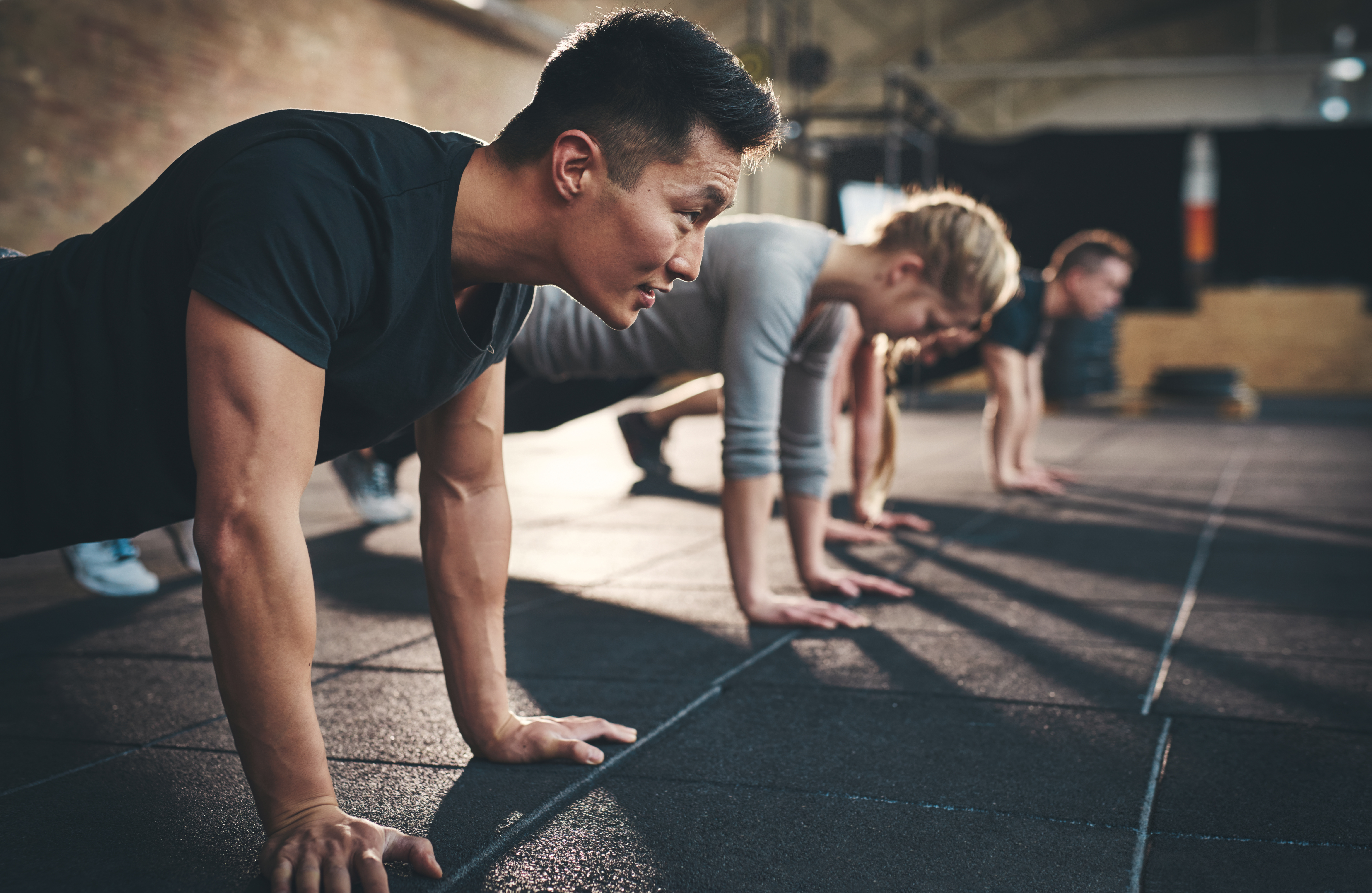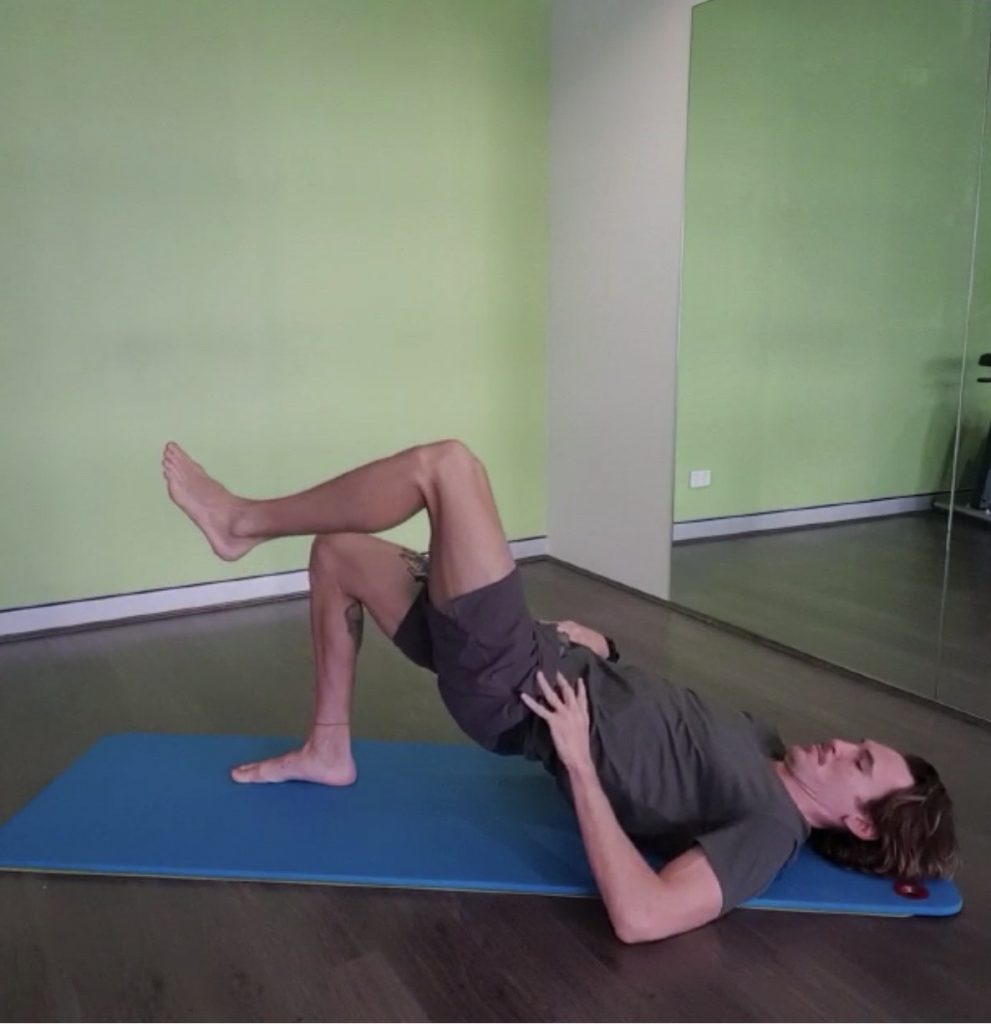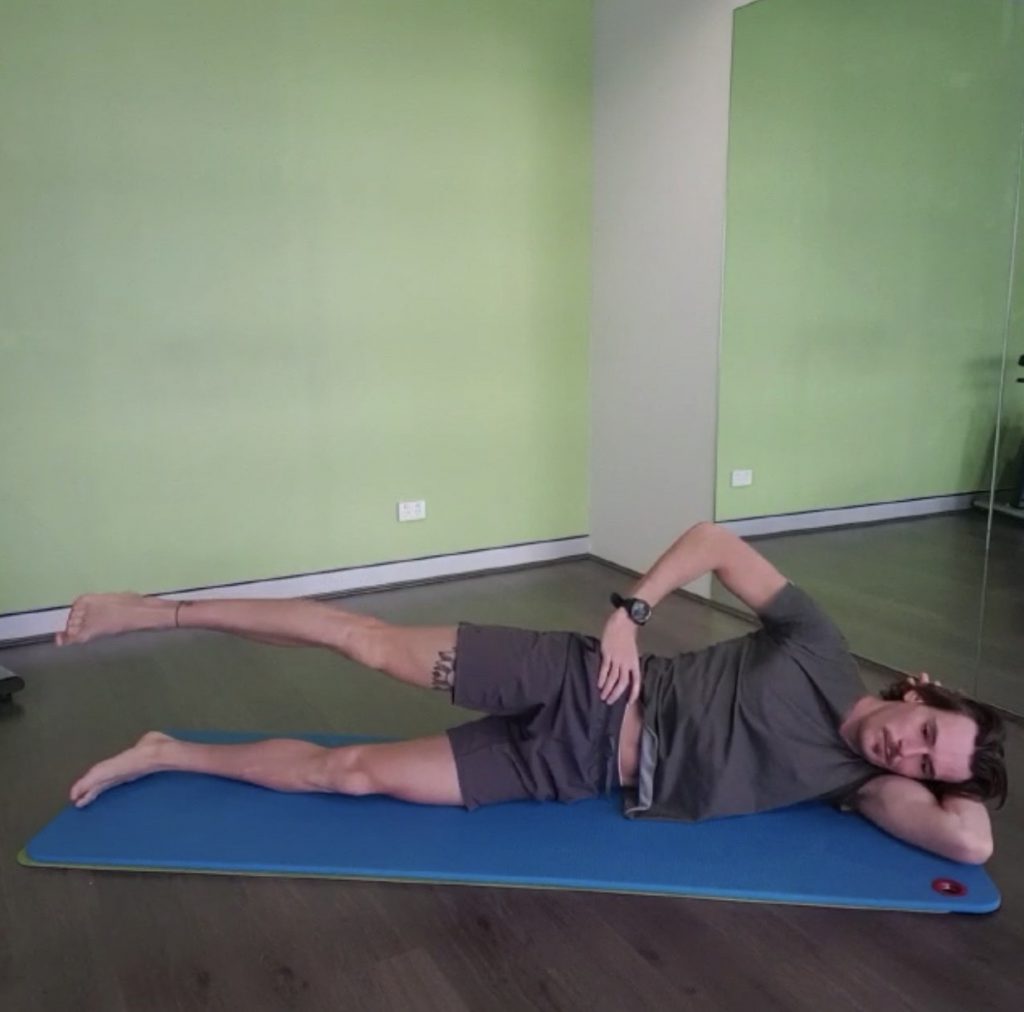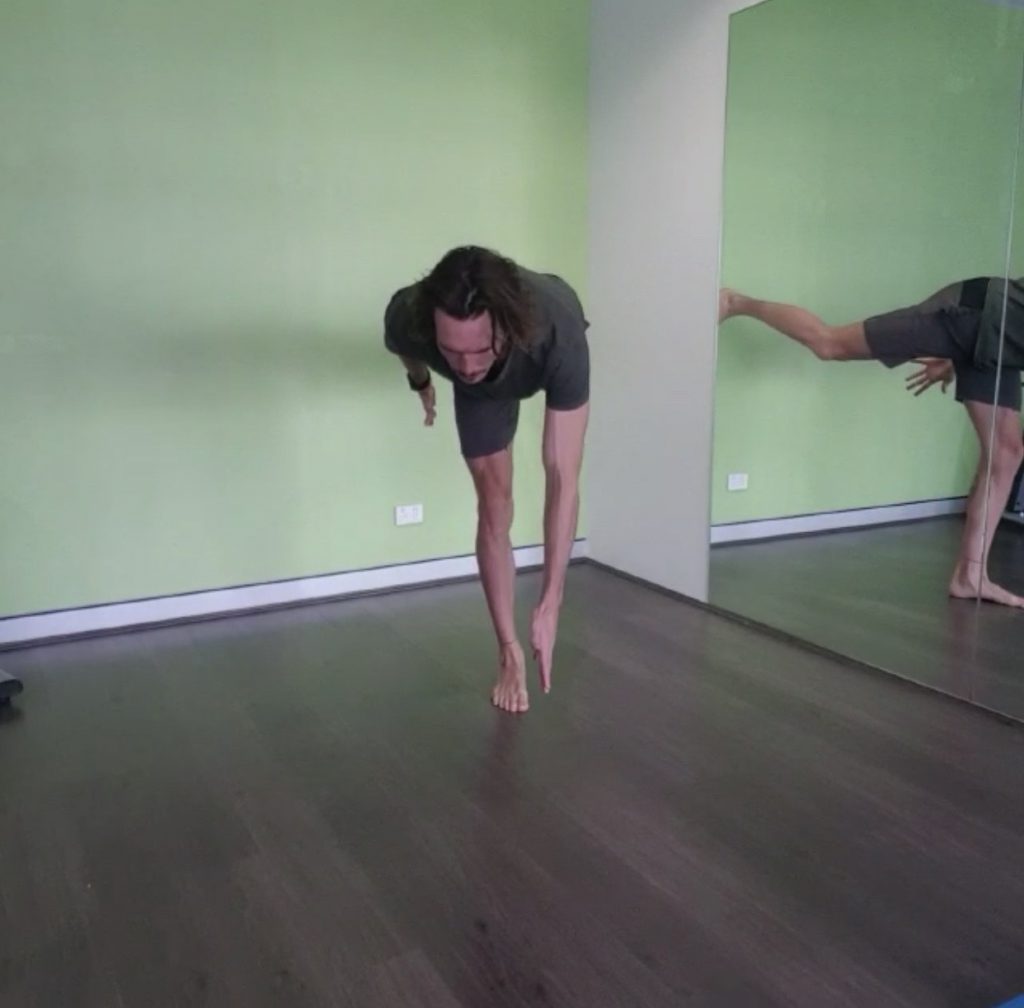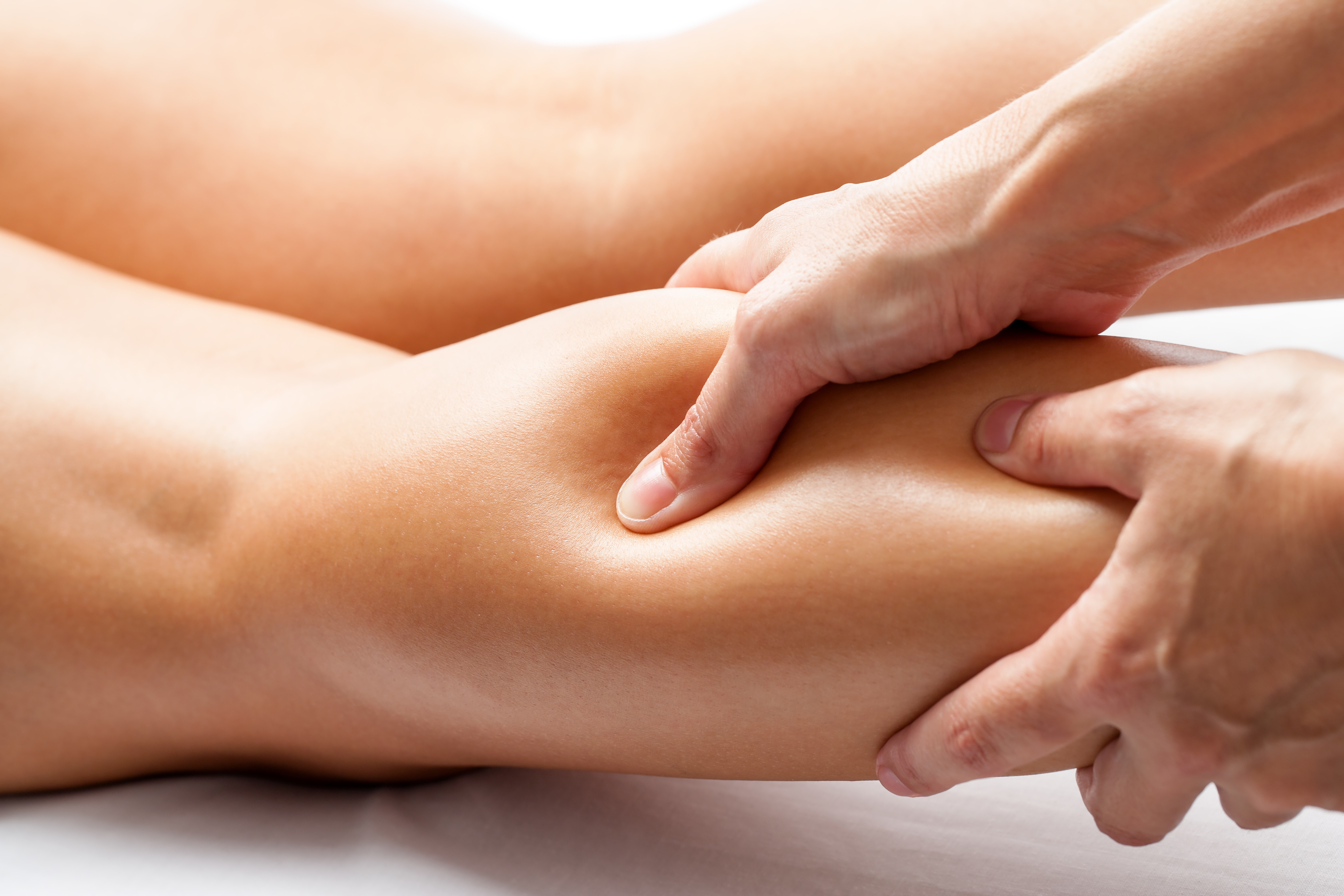How to improve your hip mobility – Hips don’t lie
As humans we are the most adapted and have potential to be the best movers on the planet. Yes, we cannot jump up a fence like a cat or sprint like a cheetah but we can throw a Frisbee, tie a shoelace and loco mote on 1,2,3 or 4 limbs.
As a species we evolved for long distance migration (walking and running) yet, foot, knee and Achilles ‘over use’ injuries have never been so prevalent. So why is this? Sadly, the majority of us have lost the ability to do everything that our body has evolved to do and, as a society, we take our movement for granted.
The body is a highly adaptable machine. It allows us to move, even with joint restrictions in place, but it is only a matter of time until it begins to break down and you go to see your physiotherapist.
When walking (and running) form follows function. If we lack movement in the lower limb – especially in the hips we begin to compensate. This leads to
increased transmission of force in the joints and ligaments and our doctor or other health care provider diagnoses us with ‘jumpers knee”, Achilles tendonitis or some kind of plantar fasciopathy we are unable to pronouce.
Lower limb and lower back injuries almost always have a hip component. Because we do not regularly use our body for the purpose it has evolved for and the 90° lifestyle that has become the norm, think sitting, prevents us from accessing the full function of our hips.
The many hours we spend sitting causes us to loose hip mobility and in turn hip stability. Our hip flexors and lower back begin to tighten and our pelvis starts to tip forward. This in turn leads to an inability to extend our hip and thus propel us forward in and efficient manner when walking or running. If our hip cannot extend we cannot access the full power of our gluts and then other, less suited muscles take over leading us down the path of over use injuries and metal joints.
It’s not all bad news! To adapt means to “make (something) suitable for a new use or purpose” or “become adjusted to new conditions”. With this in mind it tells us that we merely have to change the conditions to change our destination.
Listed below are a few ideas of how to reclaim your hip movement and prevent yourself from injury. While this list is not exhaustive it is a great start and seeking the advice of a health or movement professional should not be avoided altogether.
- Reduced the amount of time spent sitting at 90°. Sitting can be divided into optional and non-optional.
Optional:
- E-mails
- Netflix
- Park
Non-optional:
- Car
- Meeting (where everyone sits)
- Work
For those times where sitting is optional think about a different position you could adopt: standing, sitting on the floor, walking etc

2. Offset the amount of time spent sitting with hip extension stretches.
Spend 1 minute in the modified hip flexor stretch for every 1-hour you spend sitting on any given day.
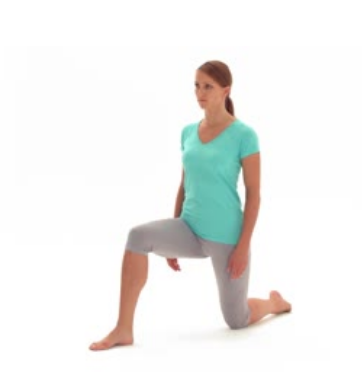
- Kneel on the Left knee.
- Right knee at 90.
- Drive the hips forward and keep
- The core engaged.
- Squeeze the left glut and feel the
- Stretch in the left hip flexor.
- Hold 1 minute – change leg
3. Obtain hip dominance and glut activation in standing – Complete 2 x 5s hold on each leg.
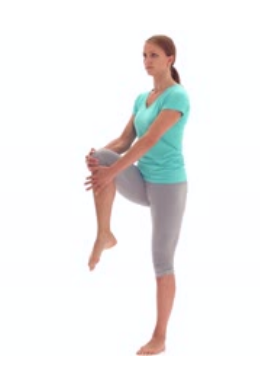
- Stand on the left leg.
- Pull the right knee to the chest using the hands.
- Squeeze the left glut and keep the left knee straight.
- Release the Right knee and hold for 5 seconds.
These are a few ideas for you to reclaim you hip mobility and once you have done the hard work of obtaining it, all you have to do to keep it is to use it.
So you are at a fork in the road – do you want to run yourself to injury or do you want to move yourself to health. Like with all things health, prevention is better than cure and remember…. Embrace progress, no perfection.

